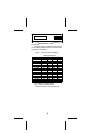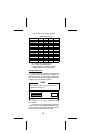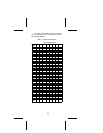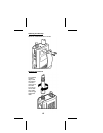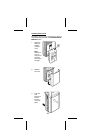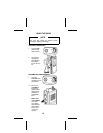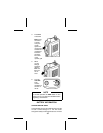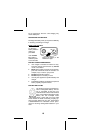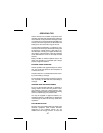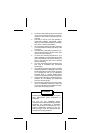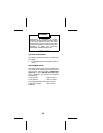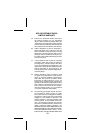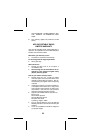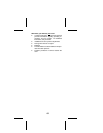
OPERATING TIPS
Antenna location and condition is important when
operating a portable radio. Operating the radio in low
areas or terrain, under power lines or bridges, inside
of a vehicle or in a metal or steel framed building can
severely reduce the range of the unit. Mountains and
buildings can also reduce the range of the unit.
In areas where transmission or reception is poor,
some improvement may be obtained by insuring that
the antenna is vertical. Moving a few yards in an-
other direction or moving to a higher elevation may
also improve communications. Vehicular operation
can be aided with the use of an externally mounted
antenna.
Battery condition is another important factor in the
trouble free operation of a portable radio. Always
properly charge the batteries.
EFFICIENT RADIO OPERATION
Hold the portable radio approximately three inches
from your mouth and speak into the microphone at
a normal voice level.
Keep the antenna in a vertical position when receiv-
ing or transmitting a message.
Do not hold the antenna when receiving a message
and, especially, do
not
hold when transmitting a
message.
ANTENNA CARE AND REPLACEMENT
Do not use the portable radio with a damaged or
missing antenna. A minor burn may result if a dam-
aged antenna comes into contact with the skin.
Replace a damaged antenna immediately. A missing
antenna could damage your portable radio.
Use only the supplied or approved antenna. Un-
authorized antennas, modifications or attachments
could damage the radio unit and may violate FCC
regulations.
ELECTRONIC DEVICES
RF energy from your portable radio may affect some
electronic equipment. Most modern electronic
equipment in cars, hospitals, homes, etc. are
shielded from RF energy. However, in areas that
17



